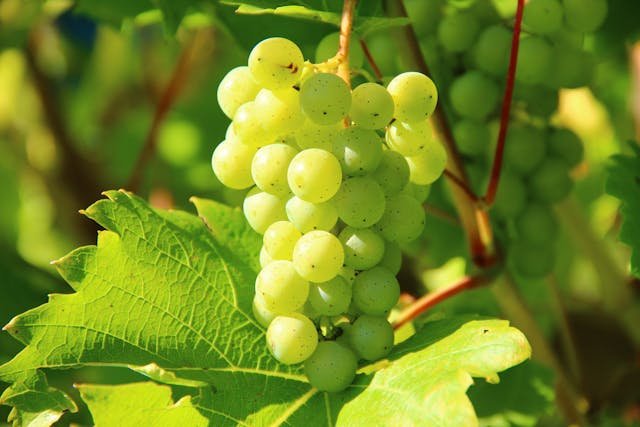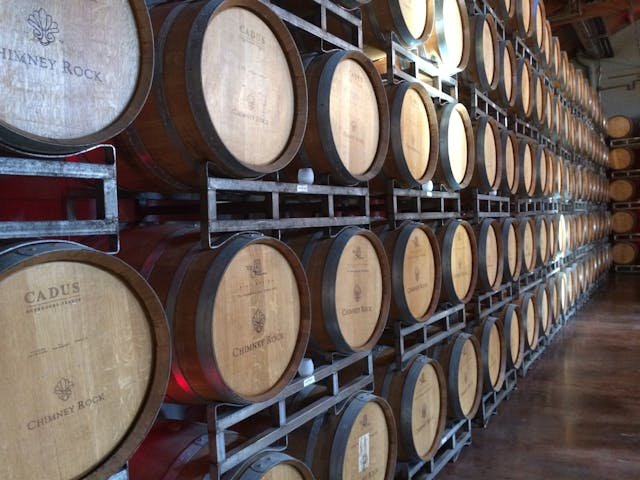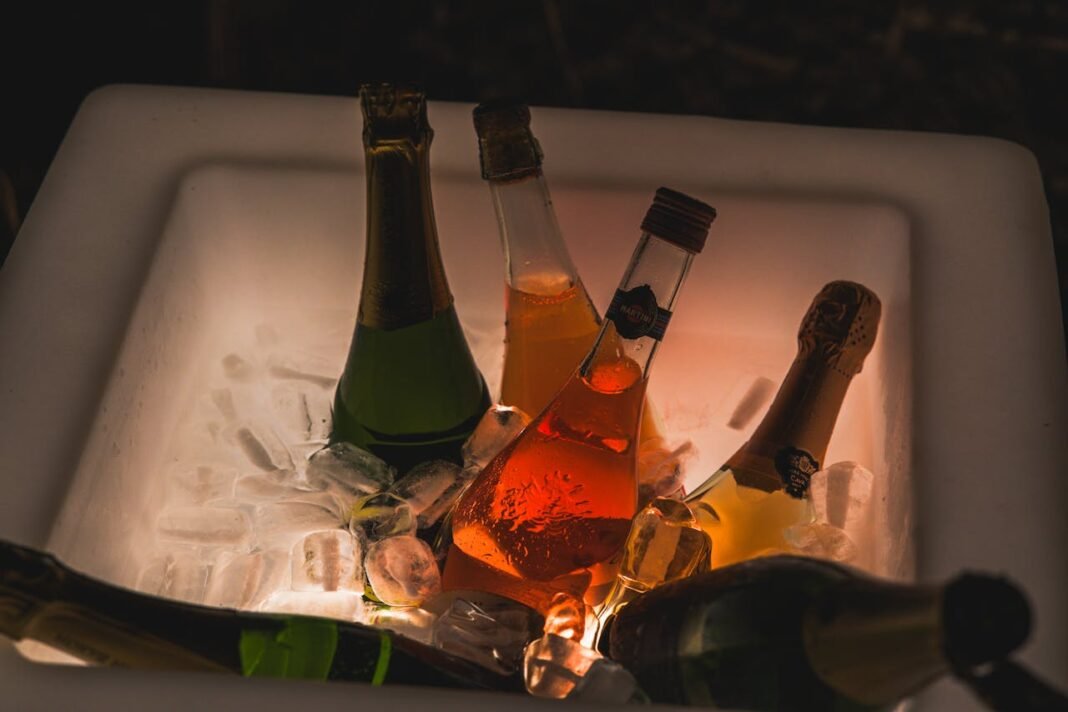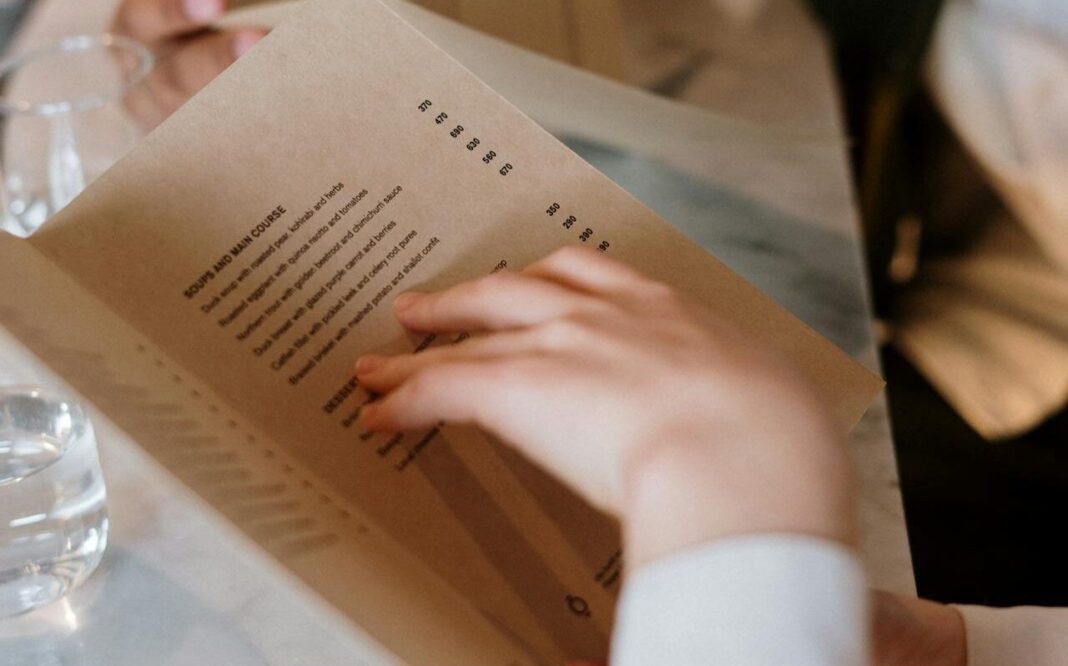Champagne vs. Sparkling Wine
Whenever we think about celebrating a birthday, wedding, or any occasion in life, what’s the first drink that comes to our mind? For many, it’s a glass of bubbly. Whether it’s for a wedding, New Year’s Eve, or any reason to enjoy life, sparkling drinks are very popular and are the first drink that comes to mind. However, not all bubbly drinks are the same. While “champagne” is commonly used as a popular term for all sparkling wines, there are important differences between champagne and sparkling wine. This post will increase your beverage knowledge and will help you understand the main differences between these two drinks and also why it’s important to know the difference when choosing your next sparkling drink for yourself or while serving at a restaurant or bar.
What is Sparkling Wine?
Let’s first begin with the basics. Sparkling wine is any wine that has bubbles in it. The bubbles are created through a natural process called fermentation, where sugar in the wine is turned into alcohol and carbon dioxide. This carbon dioxide gets sucked inside the bottle, creating the bubbles. Sparkling wine can be made from a variety of grapes and can come from many regions around the world.
There are many different types of sparkling wine, and the bubbles might vary in size and intensity. Some sparkling wines are light and fizzy, while others are rich and have stronger bubbles. Sparkling wine can also be sweet or dry, depending on the style and how much sugar is added during production. Pretty simple to understand now what sparkling wine is, isn’t it?
What is Champagne?
Not only for severs and managers in the food and beverages industry, but everyone must know that Champagne is a type of sparkling wine, but it’s very special. It’s only called Champagne if it comes from the Champagne region in France. Yes, the name “Champagne” is protected by law, so any sparkling wine made outside of this region cannot legally be called Champagne, no matter how similar it might seem. Champagne is produced using strict rules, and it’s known for its unique flavor and method of production.
To be considered Champagne, the sparkling wine must be made from specific grapes, under very specific conditions, and using a process called the Traditional Method (sometimes known as Méthode Champenoise). This process creates the fine bubbles and distinct taste that champagne is famous for.
The Main Differences Between Champagne and Sparkling Wine
Now, let’s look at the key differences between Champagne and sparkling wine. While both are bubbly and delicious, the differences come down to where they’re made, how they’re made, and the ingredients used.
1. Geographic Origin
As you must have understood by know, the most obvious difference between Champagne and sparkling wine is where they come from.
- Champagne: Champagne comes exclusively from the Champagne region of France. This area is located in the northeastern part of the country, and it has the perfect combination of soil, climate, and tradition that make it ideal for producing sparkling wines. This region is so special that only wines made from this area can be called “Champagne.”
- Sparkling Wine: Sparkling wine, on the other hand, can come from anywhere in the world. It can be made in other parts of France (but not in Champagne), as well as in countries like Italy, Spain, the United States, Argentina, Australia, and many others. Some regions are particularly famous for their sparkling wines, such as Prosecco from Italy and Cava from Spain.
2. The Grapes Used
The types of grapes used to make champagne and sparkling wine are another difference.

- Champagne Grapes: In the Champagne region, three main types of grapes are used to make Champagne:
- Chardonnay (white grape)
- Pinot Noir (black grape)
- Pinot Meunier (black grape)
These three grapes are used in various combinations, depending on the style of champagne that’s being made. For example, a Blanc de Blancs champagne is made entirely from Chardonnay, while a Blanc de Noirs champagne is made from the two black grapes, Pinot Noir and Pinot Meunier.
- Sparkling Wine Grapes: Sparkling wine can be made from a wide variety of grapes, depending on where it’s from. For instance:
- Prosecco is often made from the Glera grape.
- Cava usually uses Macabeo, Xarel-lo, and Parellada grapes.
- American sparkling wines may be made with Chardonnay, Pinot Noir, or even other local varieties.
3. The Method of Production (Fermentation)
The method of how the wine is made is one of the most important differences between champagne and sparkling wine.

- Traditional Method (Méthode Champenoise): Champagne is made using the Traditional Method, which is a long and complex process. After the wine is fermented and bottled, it goes through a second fermentation inside the bottle. This second fermentation creates the bubbles. The bottles are then stored on their sides for months (sometimes even years) to develop the flavors. After aging, the bottles are “disgorged,” meaning the sediment is removed, leaving the wine clear and ready for drinking. This method is responsible for the fine, delicate bubbles and the rich, complex flavors of champagne.
- Other Methods: While champagne uses the Traditional Method, many other sparkling wines are made using a different technique called the Tank Method (or Charmat Method). In this method, the wine undergoes the second fermentation in large tanks instead of individual bottles. This process is faster and cheaper, and it’s used for sparkling wines like Prosecco and Cava. Sparkling wines made with the Tank Method tend to have larger, less delicate bubbles and a fresher, fruitier taste.
4. Aging and Flavor
The aging process is also a key factor that influences the flavor of sparkling wines and champagne.
- Champagne: Champagne is typically aged for a longer period, which contributes to its complex flavor profile. Over time, it develops notes of brioche, toast, honey, and sometimes even nuts or almonds. The longer the champagne is aged, the more these flavors develop, which is why aged champagne is often highly valued. The aging process also makes the bubbles finer and more elegant.
- Sparkling Wine: Sparkling wines, especially those made using the Tank Method, are often meant to be consumed fresh, with a focus on bright, fruity flavors. You might find flavors of apple, pear, peach, and citrus in sparkling wines, especially in Prosecco and Cava. Some sparkling wines that use the Traditional Method, like certain Crémants from France, may be aged for a longer time and develop more complex flavors.
5. Price
Because of the labor-intensive process and the long aging time, champagne tends to be more expensive than most other sparkling wines. The costs of production in the Champagne region, along with the centuries-old traditions and strict regulations, contribute to its higher price.
In contrast, sparkling wines from other regions can be more affordable because the production methods are generally quicker and less expensive. This doesn’t mean sparkling wines are of lower quality, though; they just offer different styles and flavors at a more accessible price point.
Popular Types of Sparkling Wine (Other than Champagne)
Since sparkling wine can come from many regions, there are many popular types to explore. Here are some of the most famous:
- Prosecco (Italy): A light, fresh, and fruity sparkling wine made mostly from the Glera grape. It’s less expensive than Champagne and is great for casual celebrations or everyday drinking.
- Cava (Spain): A Spanish sparkling wine made in the Traditional Method, mostly from local grapes like Macabeo, Xarel-lo, and Parellada. It’s a great option for those who enjoy Champagne but want a more affordable alternative.
- Crémant (France): A sparkling wine made in regions outside of Champagne but using the Traditional Method. Popular Crémants include Crémant de Bourgogne (from Burgundy) and Crémant d’Alsace (from Alsace).
- American Sparkling Wine (USA): Sparkling wines from the United States, especially California, are known for their high quality. Many of these wines are made using the Traditional Method, and some are even made from Champagne grapes like Chardonnay and Pinot Noir.
How to Enjoy Champagne and Sparkling Wine
The great thing about both Champagne and sparkling wine is that they are incredibly versatile. They can be enjoyed by themselves as an aperitif or paired with a variety of foods. Here are some ideas:
- Champagne: Champagne pairs wonderfully with seafood, cheese, and salmon. It’s also a great match for fried foods like fried chicken or tempura.
- Sparkling Wine: Prosecco is excellent with bruschetta, fruit-based desserts, or pasta dishes. Cava pairs well with Spanish tapas or paella.
In a Short Way…
Both Champagne and sparkling wine bring joy and happiness to any occasion, but they’re different in many ways, as discussed above. Champagne is a special type of sparkling wine made in a particular region of France, following strict rules and using the Traditional Method to create its signature bubbles and flavors. Sparkling wine, on the other hand, can come from anywhere in the world and can be made using different methods and grape varieties. Whether you choose Champagne or sparkling wine, both are wonderful ways to celebrate and enjoy life. The next time you’re deciding between the two, you’ll know exactly what makes each one unique!
All the images in this article are from Pixabay (not copyrighted and free for commercial use).






